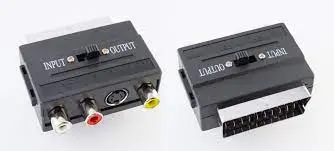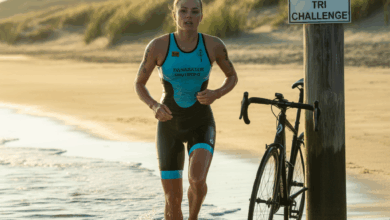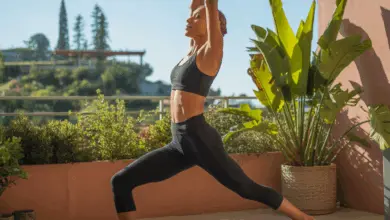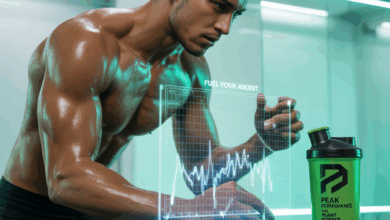Pool Workout Equipment
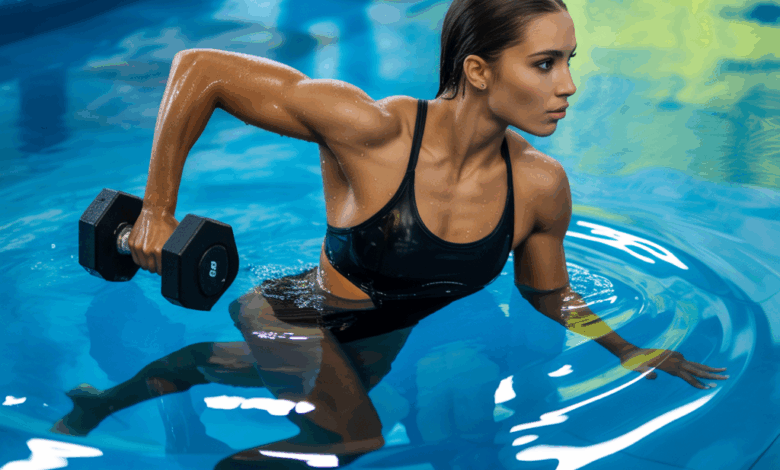
Ever finished a lap and wondered if your pool time could do more than burn calories—could it build strength, improve posture, and relieve joint pain? If you’ve got access to a pool, the right pool workout equipment can transform those casual swims into efficient, fun aquatic training sessions that suit beginners, busy professionals, and aging athletes alike.
Why aquatic workouts work (and who benefits)
Water reduces impact, multiplies resistance, and forces your body to stabilize differently than on land. That unique combination makes aquatic exercise ideal for:
- Rehab patients and anyone with joint pain
- Seniors seeking low-impact strength and balance work
- Athletes looking to add cross-training and recovery
- Busy people wanting high-calorie burn without pounding the joints
Using swim-specific gear—often called aquatic fitness equipment or water resistance gear—amplifies those benefits. From buoyancy belts that let you run in deep water to aqua dumbbells for resistance training, the right tools let you tailor intensity and focus areas.
Pool workout equipment you need: essentials and upgrades
Not all pool equipment is created equal. Below is a practical list of essentials and optional upgrades, useful whether you’re hunting the best pool workout equipment for beginners or building a home pool gym.
Essentials (great for beginners)
- Pool noodle: Versatile and cheap—use for core stability, assisted push-ups, or water yoga.
- Kickboard: Helps isolate lower-body work and improve kick technique while building leg endurance.
- Aqua dumbbells: Foam resistance dumbbells for upper-body presses, rows, and curls.
- Resistance gloves: Increase drag for swimming strokes and shadowboxing to enhance shoulder strength and cardio.
Upgrades (for more intensity)
- Buoyancy belt or flotation vest: Ideal for deep-water running and HIIT in place without touching the bottom.
- Swim parachute or drag suit: Adds significant water resistance for sprint training.
- Webbed gloves and fins: Boost propulsion and build leg and back strength—great for lap training tools and speed work.
- Paddles and pull buoys: For stroke-specific strength and technique improvement.
How to use your aquatic fitness equipment: sample pool workout routines
Below are three accessible routines—beginner, intermediate, and a quick HIIT session. Each can be done 2–4 times per week depending on your goals.
Beginner: 30-minute low-impact full-body
- Warm-up: 5 minutes easy laps or water walking with a noodle
- Legs: 3 x 1-minute kickboard kicks (30 sec rest)
- Upper body: 3 x 12 reps aqua dumbbell chest presses
- Core: 3 x 30-second plank supports on noodle
- Cool-down: 5 minutes gentle stretching at pool edge
Intermediate: 40-minute strength + endurance
- Warm-up: 5–7 minutes swimming with light resistance gloves
- Circuit (3 rounds): 45 sec deep-water running with buoyancy belt, 12 reps water rows with paddles, 30 sec flutter kicks with fins (15–20 sec rest between)
- Core finisher: 3 x 45 seconds bicycle motion on noodle
Pool HIIT: 20-minute calorie burner
- Warm-up: 3–5 minutes easy
- Intervals: 8 rounds of 30 sec all-out sprints with swim parachute or drag suit, 45 sec active recovery (walking in water)
- Cool-down: 3–5 minutes easy swimming and stretch
Real-world example: A 45-year-old runner recovering from knee surgery switched two weekly land runs for deep-water running with a buoyancy belt plus one strength session using aqua dumbbells. Within six weeks she reported less pain, improved running mechanics, and regained confidence to resume road training.
Tips for buying and caring for pool fitness gear
- Try before you buy: If possible, test paddles, fins, and buoyancy belts at a community pool to check comfort and fit.
- Material matters: Look for chlorine-resistant, high-density foam and reinforced straps on belts.
- Maintenance: Rinse gear with fresh water after each session, air dry away from direct sun, and store in a cool, dry place to prevent breakdown from chlorine and UV.
- Budget picks: Pool noodles and kickboards are inexpensive and highly versatile—great first purchases.
Healthy lifestyle advice to complement pool workouts
To maximize results from your aquatic training, pair equipment-based workouts with simple lifestyle habits:
- Nutrition: Focus on lean protein and balanced carbs to support recovery—see our nutrition guides for swim-friendly meal plans.
- Cross-training: Mix in land strength work or yoga once weekly to address mobility and bone density.
- Sleep & recovery: Aim for 7–9 hours nightly—water workouts can be deceptively taxing on the nervous system.
- Consistency: 2–4 weekly sessions using a variety of equipment produce steady progress—check out our workout routines for sample schedules.
Frequently Asked Questions
What is the best pool workout equipment for beginners?
For beginners, start simple: a pool noodle, kickboard, and a pair of aqua dumbbells cover stability, lower-body, and upper-body work. These items are affordable and let you build a balanced routine before investing in specialty gear like resistance belts or swim parachutes.
Can pool equipment help build muscle or is it just cardio?
Yes—water provides continuous resistance in 360 degrees, so using tools like aqua dumbbells, paddles, and fins can produce meaningful strength gains, particularly in the shoulders, core, and legs. Progress by increasing time under tension, adding reps, or switching to denser gear for more resistance.
Is aquatic exercise safe for older adults and people with injuries?
Generally, aquatic workouts are safer for those with joint issues because water reduces impact and supports weight. However, anyone with a recent injury, cardiovascular concerns, or balance issues should consult a healthcare provider before starting. Use buoyancy aids and work with a certified aquatic therapist when possible.
Conclusion: Make pool time your best training time
Pool workout equipment turns a casual swim into focused strength, cardio, and rehab sessions—without the joint stress of land-based workouts. Whether you’re shopping for the best pool workout equipment for beginners or building a comprehensive aquatic toolbox, start with the basics and gradually add resistance tools as your confidence grows. Ready to dive in? Try one of the sample routines above for two weeks, tweak based on how your body feels, and explore our wellness tips for recovery and nutrition ideas.
Want a tailored 4-week pool plan or gear checklist? Sign up for our newsletter or leave a comment below with your goals—and we’ll help you pick the right aquatic fitness tools.

